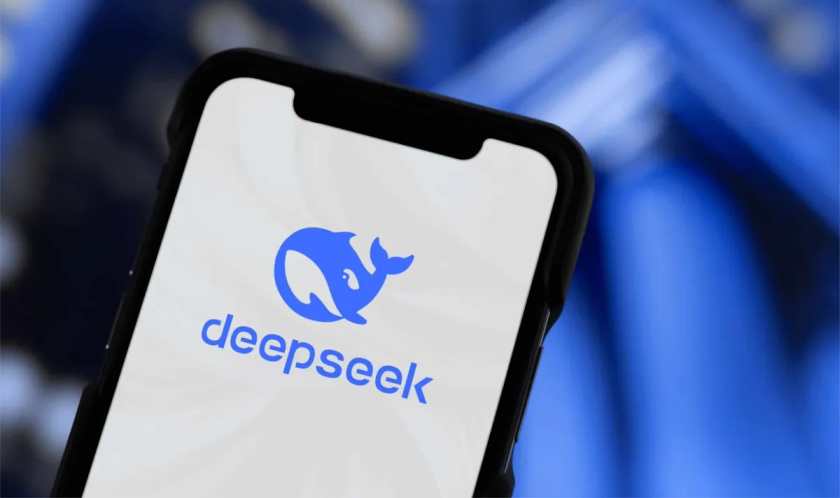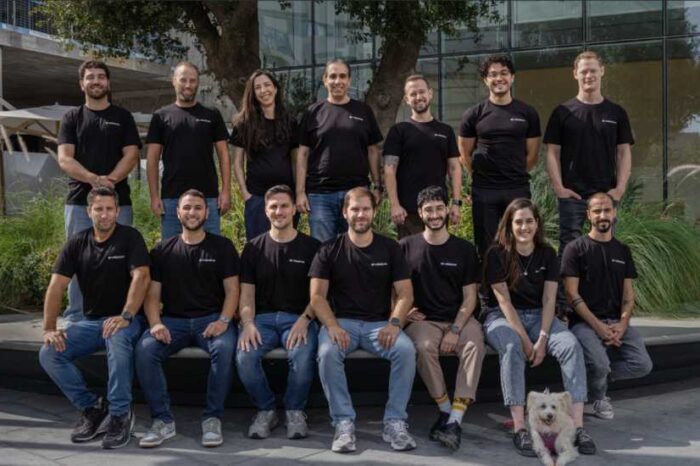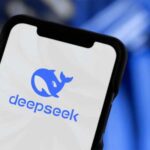DeepSeek R2 AI model launch: Next-gen release expected in May or sooner

Just a month after it sent shockwaves through tech stocks and wiped out over $1 trillion in U.S. stock market value, Chinese AI startup DeepSeek is already preparing to do it again. Now, according to an exclusive report from Reuters, the company is less than three months away from releasing its next-generation R2 model—and it might arrive even sooner.
DeepSeek is moving fast. After disrupting global markets with its budget-friendly reasoning model R1, the Hangzhou-based firm is now accelerating plans for its successor, R2. Originally set for a May release, sources say the company is pushing for an earlier launch, according to a Reuters report. If you thought R1 set the internet on fire and had everyone talking, R2 is poised to make an even bigger impact. The new model aims to enhance coding capabilities and extend reasoning skills beyond English, making it an even bigger contender in the AI race.
The Hangzhou-based firm hasn’t shared specifics, but insiders say the goal is to improve coding capabilities and extend reasoning skills beyond English. While DeepSeek has stayed silent, the anticipation is growing.
“The Hangzhou-based firm is accelerating the launch of the successor to January’s R1 model, according to three people familiar with the company. Deepseek had planned to release R2 in early May but now wants it out as early as possible, two of them said, without providing specifics,” Reuters reported.
R1 caught the industry off guard. Built with less-powerful Nvidia chips, it still managed to compete with models developed at far greater costs by U.S. tech giants. If R2 delivers on its promises, the impact could be even bigger.
Vijayasimha Alilughatta, COO of Indian tech services provider Zensar, sees this as a turning point. “The launch of DeepSeek’s R2 model could be a pivotal moment in the AI industry,” he said. DeepSeek’s approach of building cost-effective models “would likely spur companies worldwide to accelerate their own efforts… breaking the stranglehold of the few dominant players in the field.”
This could set off alarms in Washington, where AI leadership is a national priority. Meanwhile, Chinese companies are already integrating DeepSeek’s models into their products, and Beijing appears to be paying close attention.
DeepSeek’s Rise in AI
The success of DeepSeek came as a surprise to many AI experts in the West. The buzz around DeepSeek grew after its V3 model had outperformed Meta’s Llama 3.1, OpenAI’s GPT-4o, and Alibaba’s Qwen 2.5 on third-party benchmarks—all at a fraction lower cost. In late January, DeepSeek briefly surpassed ChatGPT on the App Store.
DeepSeek operates unlike most Chinese tech firms. The company doesn’t follow the rigid, top-down management structure common in the country’s major corporations. Instead, it runs more like a research lab than a traditional business. Employees describe an environment where young talent is given significant responsibilities and where working long hours isn’t a requirement.
Liang Wenfeng, DeepSeek’s founder, is a quiet figure in China’s tech scene. A former quant trader, he built his fortune through his hedge fund, High-Flyer, before turning his focus to AI. He avoids media attention, and former colleagues describe him as low-key but deeply engaged in the work. “Liang gave us control and treated us as experts. He constantly asked questions and learned alongside us,” said Benjamin Liu, a former researcher.
DeepSeek’s rise wasn’t entirely smooth. Chinese regulators were wary of the company’s massive chip purchases. Before it was even founded, High-Flyer had been stockpiling Nvidia’s A100 chips, an unusual move for a hedge fund. Officials wanted to know why. After reviewing the plans, authorities decided to step back—an outcome that would prove critical when the U.S. later banned exports of A100 chips to China. By that time, DeepSeek already had a powerful computing infrastructure in place.
Industry Reactions To DeepSeek Success
The success of DeepSeek has prompted American tech CEOs to sound the alarm on China’s AI breakthroughs. At the World Economic Forum in Davos, prominent CEOs raised concerns about China’s rapid progress in AI. DeepSeek was a frequent topic of discussion, with several leaders emphasizing the potential geopolitical risks of falling behind in this critical technology.”
“If the United States can’t lead in this technology, we’re going to be in a very bad place geopolitically,” one CEO warned.
Their comments highlight the growing stakes for U.S. leadership in AI, a field increasingly tied to national security and global influence.
Prominent figures have weighed in on DeepSeek’s achievements:
- Marc Andreessen, a venture capitalist, called it “one of the most amazing and impressive breakthroughs I’ve ever seen.”
- Holger Zschaepitz, a journalist, suggested that DeepSeek’s efficiency could pose a significant threat to U.S. equity markets, undermining the utility of billions spent on capital expenditures in AI.
- Garry Tan, CEO of Y Combinator, viewed the development as an opportunity for U.S. competitors, noting that cheaper model training could accelerate the demand for AI inference and real-world applications.
Strategic AI Development
DeepSeek’s strategy isn’t about throwing money at the problem. Unlike Chinese tech giants that rushed to launch ChatGPT-style apps, DeepSeek focused on refining its model’s quality first. The startup has also kept costs low by using techniques like Mixture-of-Experts (MoE) and multihead latent attention (MLA). These methods make the model more efficient, requiring far less computing power than traditional architectures.
Other companies, including France’s Mistral, have experimented with MoE, but DeepSeek has leaned into it more aggressively. The result? A model that rivals those built with significantly higher budgets. Analysts at Bernstein estimate DeepSeek’s pricing to be 20 to 40 times cheaper than OpenAI’s equivalent models.
The impact is already visible. OpenAI recently cut prices, and Google’s Gemini introduced cheaper access tiers. Since R1’s debut, OpenAI has also released an O3-Mini model that uses less computing power. The shift suggests DeepSeek is already influencing AI pricing strategies beyond China.
DeepSeek’s Future
Beijing has embraced DeepSeek’s success, but officials are keeping the company on a tight leash. Liang has been asked to maintain a low profile to avoid attracting too much attention. China’s government agencies and state-owned enterprises have started deploying DeepSeek’s models at a pace rarely seen for a new AI company. Meanwhile, some foreign governments, including South Korea and Italy, have removed DeepSeek’s products from app stores over privacy concerns.
With R2 on the way, DeepSeek is about to test just how much disruption one company can cause in an industry dominated by a handful of powerful players. Whether it leads to more regulatory scrutiny or forces competitors to rethink their strategies, DeepSeek’s impact is undeniable. The only question now is how far it can go.




